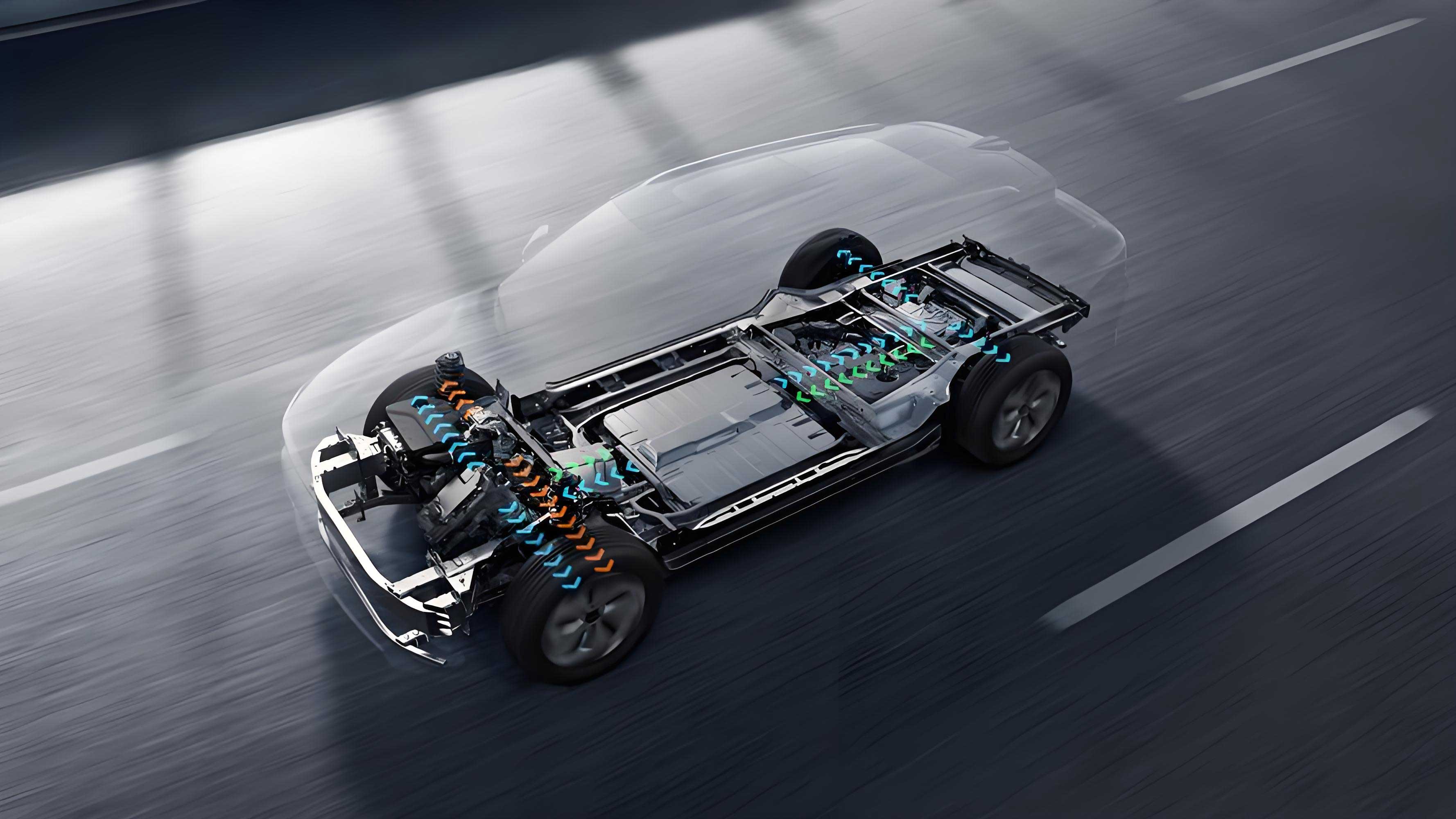Groundbreaking research from the United Kingdom has delivered a resounding answer to one of the most persistent questions surrounding sustainable transportation: electric vehicles not only match but often exceed the longevity of traditional combustion engine cars. This comprehensive analysis, drawing from 17 years of mandatory MOT test data (2005–2022), shatters long-held assumptions about the durability of battery-powered transportation. For policymakers, consumers, and industry stakeholders, these findings mark a pivotal moment in the evolution of automotive technology.

The Durability Benchmark
The UK’s MOT test—an annual assessment of vehicle safety, roadworthiness, and emissions—served as the critical dataset. Researchers analyzed pass/fail rates across millions of tests, comparing conventional petrol and diesel vehicles against their electric counterparts. The results revealed near-identical pass rates, consistently hovering between 82% and 86% for both vehicle types by 2022. Notably, electric vehicles demonstrated exceptional reliability in mechanical components such as brakes, suspension, and steering systems, outperforming combustion engines in several sub-categories. This parity in longevity underscores the engineering maturity of modern electric vehicles.
Engineering Behind the Endurance
Electric vehicles inherently possess structural advantages that contribute to their resilience. With fewer moving parts than internal combustion engines—no complex transmissions, exhaust systems, or fuel injectors—electric drivetrains face reduced mechanical stress. The regenerative braking systems in electric vehicles diminish wear on brake pads, while the absence of engine oil, coolant, and spark plugs eliminates entire categories of maintenance failures. Battery degradation, often cited as a weakness, proved less impactful than feared; contemporary lithium-ion packs retained sufficient capacity to meet safety and performance standards well beyond warranty periods. Thermal management systems and advanced battery chemistry have extended operational life, ensuring these power sources endure rigorous daily use.
Economic Implications for Consumers
Long-term ownership costs for electric vehicles now tilt decisively in their favor. Lower maintenance requirements translate to significant savings: no oil changes, reduced brake servicing, and fewer component replacements. Combined with steadily declining electricity costs relative to volatile fossil fuels, the total cost of ownership for electric vehicles becomes increasingly attractive. As battery recycling infrastructure scales, residual values for used electric vehicles are projected to stabilize, further enhancing their economic proposition. Fleet operators—notably delivery services and ride-hailing companies—report markedly lower per-mile expenditures, accelerating adoption in commercial sectors.
Environmental Lifecycle Gains
The longevity equivalence transforms the environmental calculus for electric vehicles. Critics historically emphasized the carbon-intensive battery production phase, arguing that shorter lifespans negated emissions benefits. This study invalidates that premise. With electric vehicles operating reliably for comparable durations, their lifetime carbon footprint—factoring in cleaner energy grids—becomes substantially lower. Each additional year an electric vehicle remains in service amplifies its CO2 advantage over fossil-fueled alternatives. Durability also reduces the frequency of manufacturing new vehicles, curtailing resource extraction and industrial emissions.
Consumer Psychology and Adoption Barriers
Despite the data, misconceptions persist. Range anxiety and charging infrastructure dominate public discourse, while durability concerns linger subconsciously. Automakers must transparently communicate real-world reliability metrics to counter skepticism. Secondhand markets will play a crucial role; as used electric vehicles prove their endurance, buyer confidence will surge. Governments can accelerate this shift by mandating battery health disclosures in resale transactions and standardizing longevity metrics in advertising.
Policy Imperatives
These findings demand recalibration of regulatory frameworks. Emission regulations already favor electric vehicles, but longevity data strengthens the case for accelerated phaseouts of combustion engines. Subsidies should prioritize total lifecycle sustainability, not just upfront purchase incentives. Investment in battery recycling and second-life applications (e.g., grid storage) must expand to close the resource loop. Crucially, electricity grids require modernization to handle aging electric vehicle fleets, ensuring charging reliability for high-mileage users.
Global Ramifications
The UK’s temperate climate and urban driving patterns offer a conservative test case; electric vehicles in milder regions may demonstrate even greater longevity. Emerging markets, where vehicle retention periods often exceed 15 years, now have empirical justification to leapfrog combustion technology entirely. China’s dominance in battery production and Europe’s aggressive regulatory timeline will converge with this durability evidence, reshaping global supply chains. Automakers delaying full electrification risk obsolescence as consumer trust solidifies around proven electric platforms.
The Road Ahead
This research unequivocally positions electric vehicles as a durable, economical, and environmentally superior alternative. As battery energy density improves and charging networks expand, the final barriers to adoption will crumble. Industry leaders must now focus on standardizing repairability, enhancing battery diagnostics, and educating consumers. The electric vehicle is no longer an experiment—it is the bedrock of a sustainable mobility revolution.